A Domino’s store in New Zealand recently tested delivering pizza by drone, hoping to make it a regular service. While the idea sounds futuristic, data shows Americans aren’t entirely convinced it’ll work smoothly. Concerns range from timing and temperature to whether the drone can even let go of the box. Millennials seem more open to the idea than older generations, but trust is still far from unanimous. Here’s what people think drones can—and can’t—pull off when delivering your dinner.
On-Time Delivery Gets the Most Trust
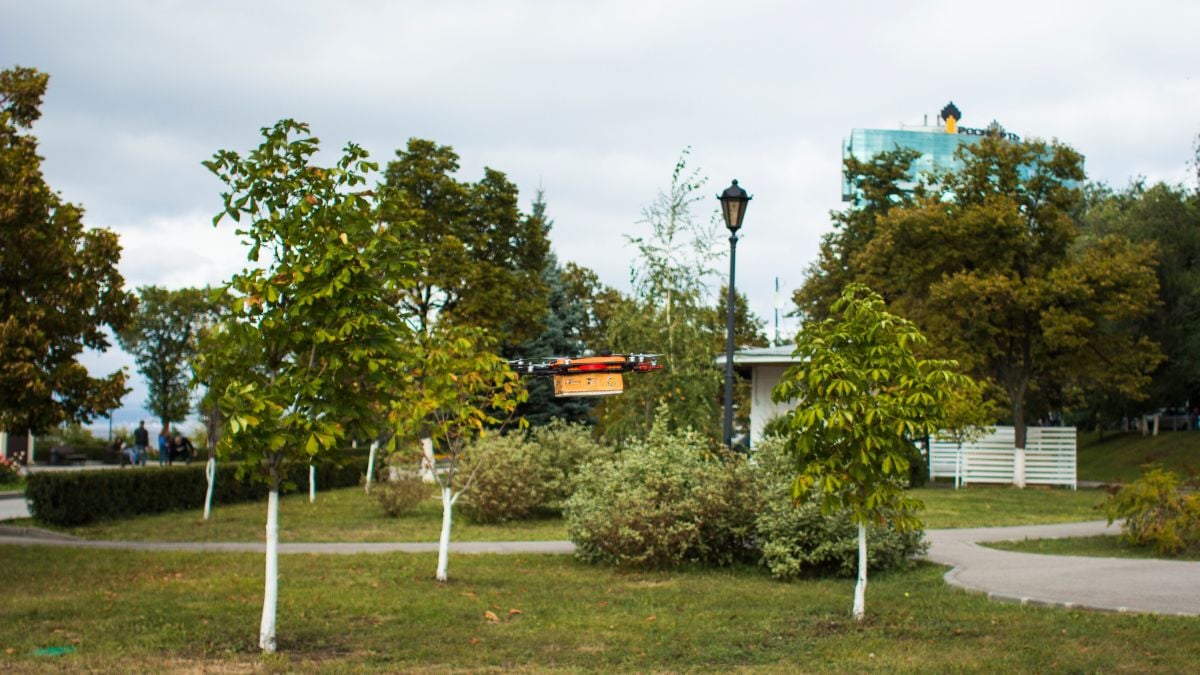
Nearly half of Americans—49%—believe a drone could deliver their pizza on time. It’s the most trusted aspect of drone delivery, beating out all other concerns in the survey. Still, that means over half of respondents aren’t entirely confident about punctuality. Timeliness may be the easiest hurdle for drone delivery to clear, but skepticism lingers.
Finding Your Address Isn’t a Big Worry
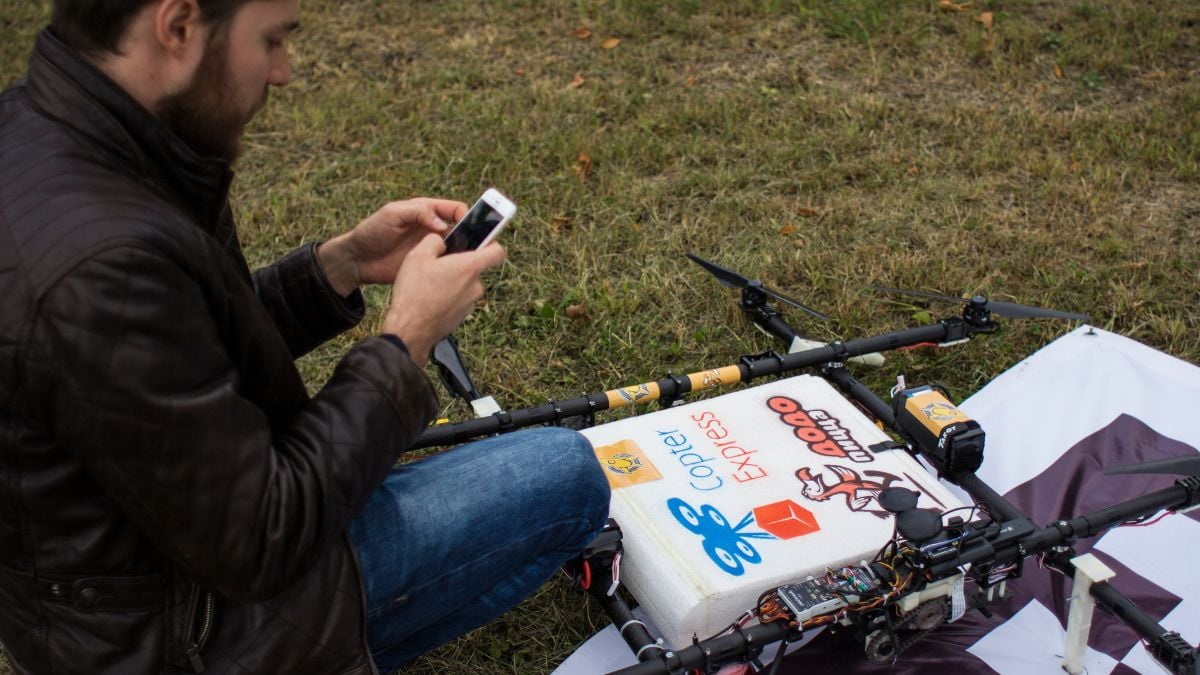
Close behind punctuality, 47% of people think a drone could correctly find their home. This suggests GPS accuracy isn’t a major sticking point for most. However, that leaves more than half of respondents doubtful that the flying courier will show up at the right doorstep. Accuracy will be crucial for convincing more people to try drone deliveries.
Damage-Free Pizza Is Less Assured

Only 37% of Americans trust that their pizza will arrive without any damage. That’s a notable drop from confidence in timing and location. Concerns about turbulence, wind, or mishandling during landing might be behind the doubt. After all, no one wants their dinner arriving looking like it’s been through a storm.
Temperature Control Raises Eyebrows

Just 34% of people believe a drone can deliver a pizza at the perfect temperature. This skepticism could stem from the lack of insulated delivery bags or the challenge of maintaining heat in flight. For pizza lovers, lukewarm slices are a dealbreaker—making this a big hurdle for drone adoption.
The Handoff Problem Tops Concerns
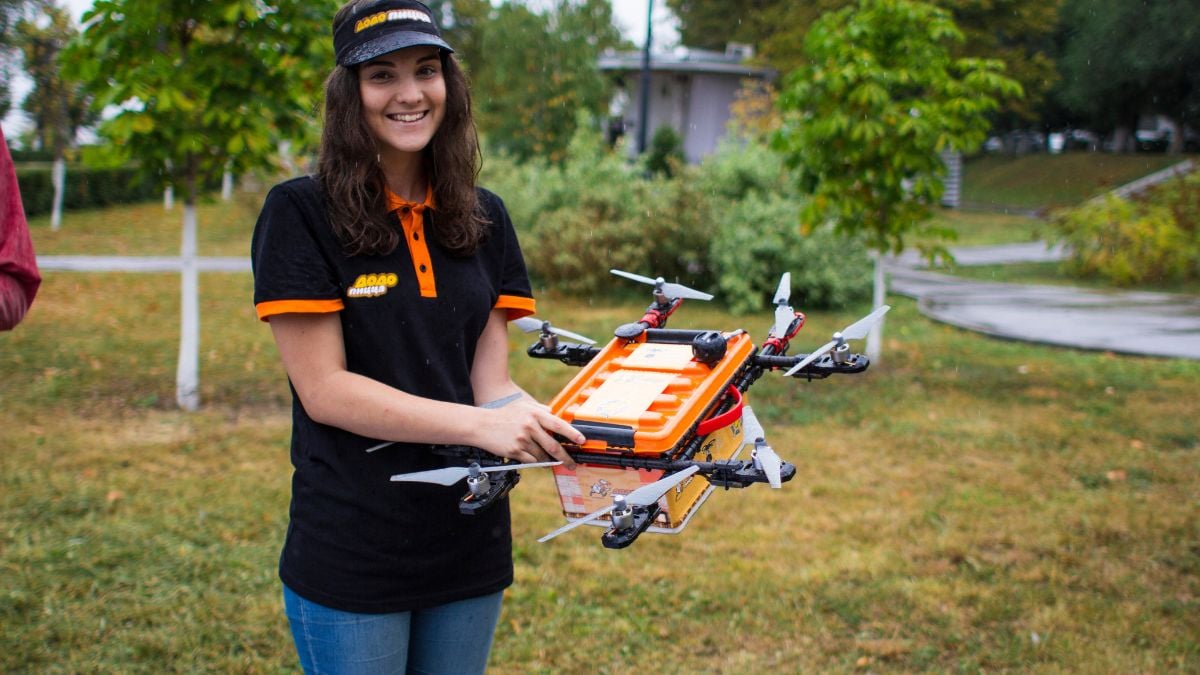
At only 32%, confidence in a drone releasing the pizza properly is the lowest of all. People seem unsure about how a mechanical drop-off would work without mishaps. This shows that last-mile delivery—literally the final seconds—could be the biggest technical and trust challenge for drone services.
Millennials Are More Willing to Trust
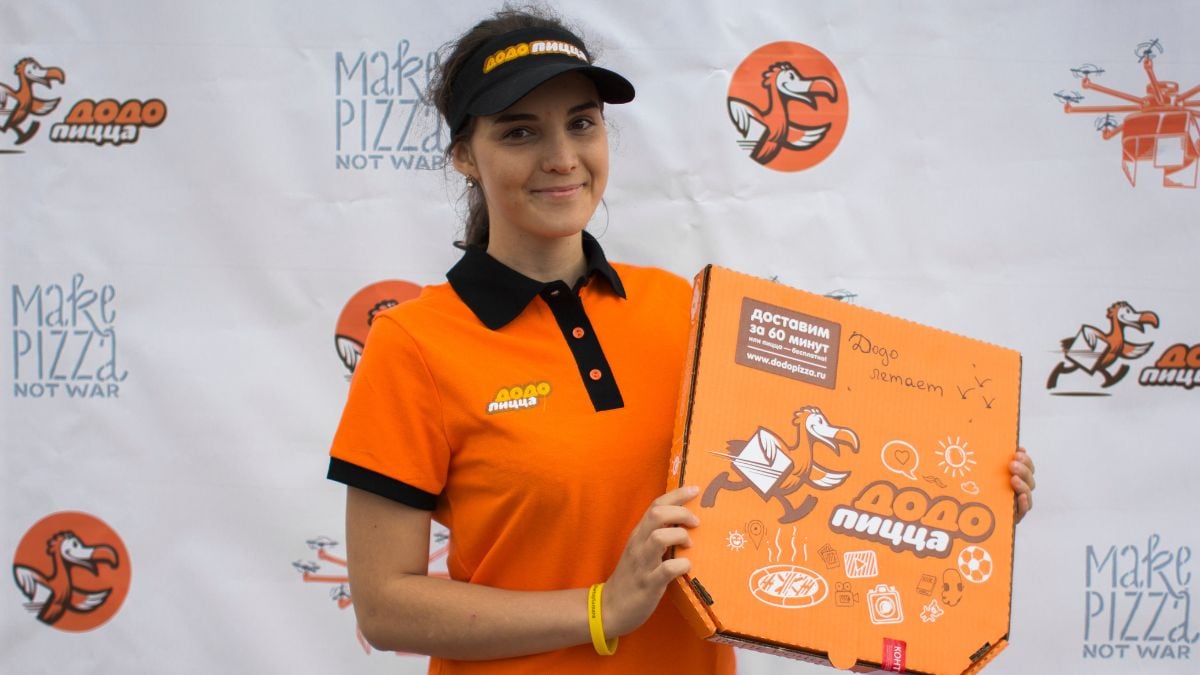
Respondents aged 18–34 showed more trust in every aspect of drone delivery than older generations. Younger consumers may be more comfortable with emerging tech and willing to take risks for convenience. This demographic could be the key target for early drone delivery rollouts.
Amazon Inspires the Most Confidence
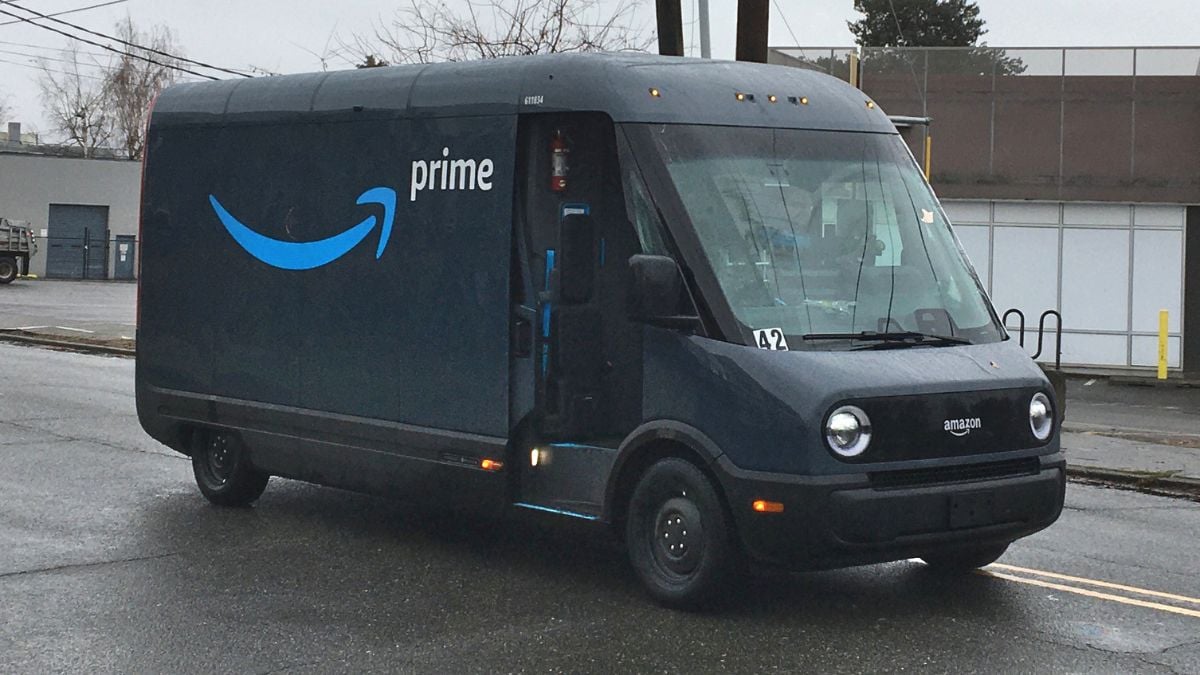
When asked about drone delivery from different companies, Amazon came out on top at 38% trust. The brand’s long-standing interest in drones likely boosts public confidence. Still, even for Amazon, more than 60% remain unconvinced.
USPS Scores Better Than Google or Walmart
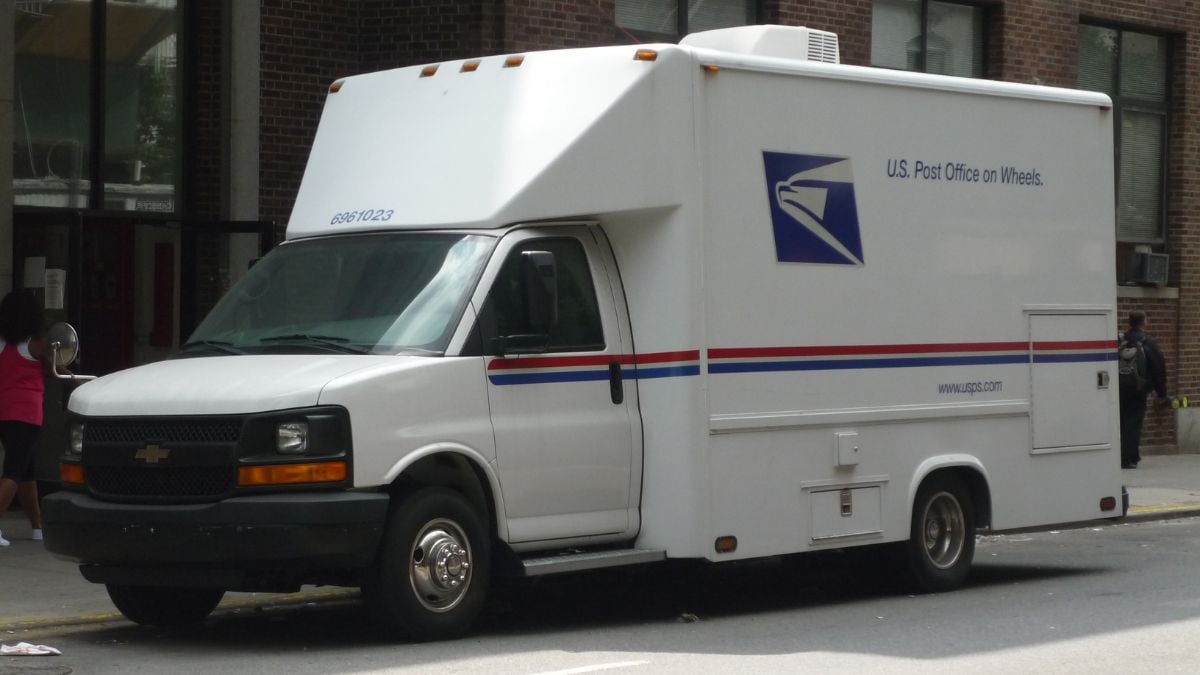
The United States Postal Service came in second at 23% trust, followed by Google at 20% and Walmart at 19%. While USPS is a familiar delivery name, tech giants seem to inspire less faith for this task. Brand reputation clearly matters, but it’s not the only factor influencing public opinion.
Nearly Four in Ten Just Don’t Trust Drones
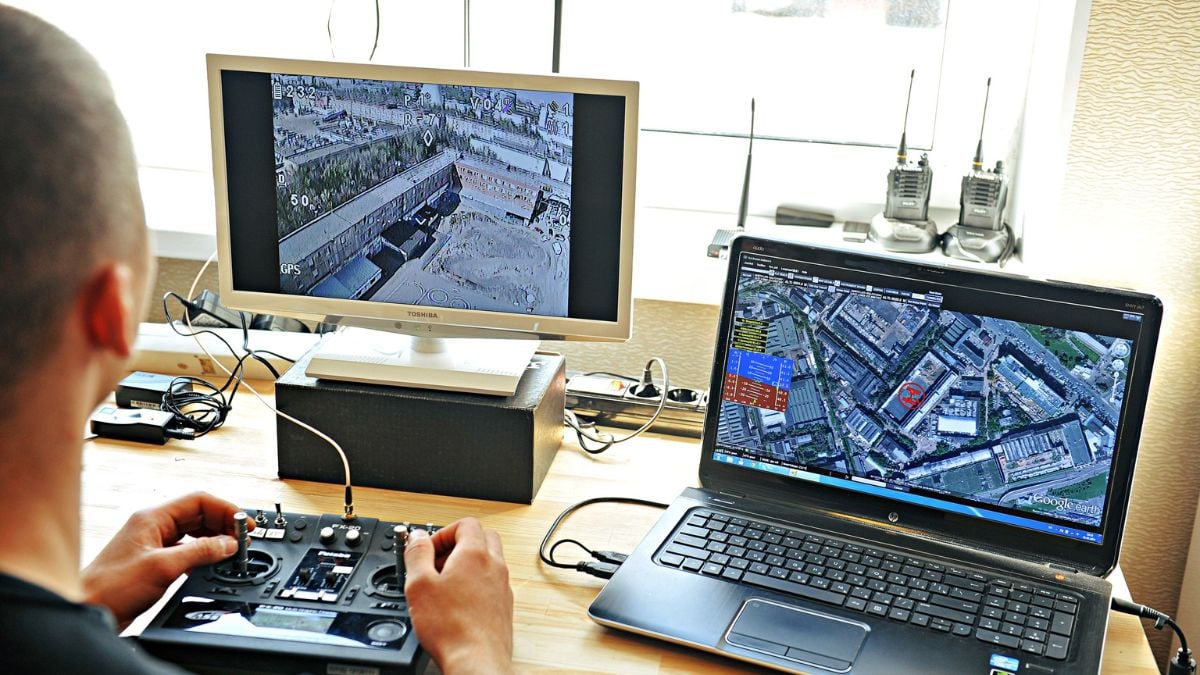
A full 39% of Americans say they wouldn’t trust a drone delivery—no matter who’s operating it. This shows that skepticism runs deep, even with trusted brands in the mix. Changing these minds may require years of proven reliability and safety.
Tech and Regulations Still Evolving

Despite FAA regulation changes that make drone deliveries more feasible, public trust hasn’t caught up. The technology may be ready, but consumers still have plenty of concerns. To truly take off, drone pizza delivery will need to prove it can handle the basics—hot, intact, and on time—every single time.

